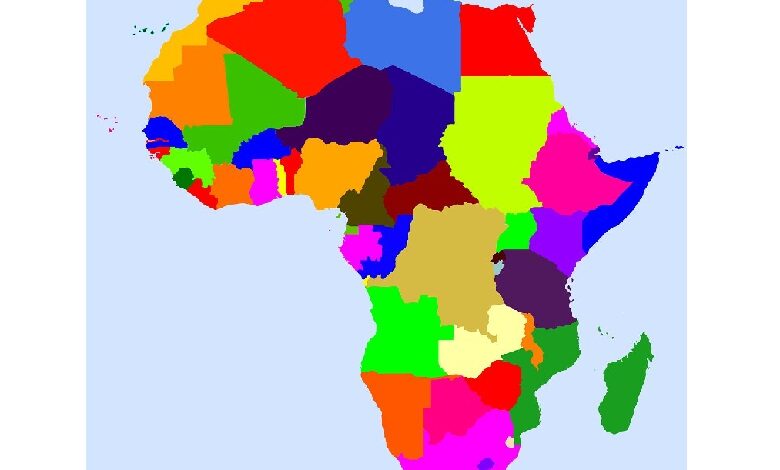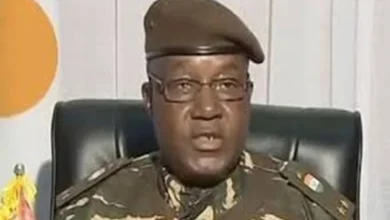Top 10 smallest countries in Africa by area

With more than 54 countries, Africa is full of unequal territories in terms of their size. Seychelles become the known smallest country in Africa by area, while from 1 to 5, the top 10 smallest countries in Africa by area are islands.
Some of the smallest African nations are also some of the lowest populated countries. For example, Seychelles, being the smallest country by area, is also the lowest populated sovereign nation with about 94,228 people.
| Rank | Country | Area (km2) |
|---|---|---|
| 1 | Seychelles | 451.00 |
| 2 | São Tomé and Príncipe | 964.00 |
| 3 | Mauritius | 2,040.00 |
| 4 | Comoros | 2,235.00 |
| 5 | Cape Verde | 4,033.00 |
| 6 | Gambia | 10,380.00 |
| 7 | Eswatini | 17,364.00 |
| 8 | Djibouti | 23,200.00 |
| 9 | Rwanda | 26,798.00 |
| 10 | Burundi | 27,830.00 |
The top 10 smallest African nations by area
1. Seychelles
The first place goes to Seychelles with an area of 459 km². It comprises 115 small islands; it is the country with the highest GDP in Africa, with only 98,462 inhabitants.
2. Sao Tome and Principe
Made up of two main islands, São Tomé and Principe, and several small islets, the archipelago covers 1001 km². The country’s inhabitants are called Santoméens in French, and the official language is Portuguese with 211,028 population.
3. Mauritius
In the western Indian Ocean, Mauritius found in the heart of the Mascarene archipelago, between Réunion in the west and Rodrigues Island in the east. It has an area of 2040 km², which is home to 1.26 million inhabitants. It is one of the wealthiest countries in Africa, with an economy developed thanks to the tourist industry.
4. Comoros
Comoros are an archipelago located between Madagascar and Mozambique. The country has 850,886 inhabitants spread over an area of 2,034 km². The country has Comorian, Arabic and French as their official language, the Comorian franc as its currency and Moroni as its capital. Over 50% of its population lives on less than $ 1.25 per day, making it one of the poorest countries in the world.
5. Cape Verde
Cape Verde nestled in the Atlantic Ocean, off the coast of Senegal, Cape Verde covers approximately 4,033 km² and has 543,767 inhabitants. The country’s official language is Portuguese, the national language is Cape Verdean Creole, and the Cape Verdean escudo as its currency.
6. The Gambia
The Gambia is a country in West Africa with an area of 10,689 km². The country is almost landlocked in Senegal, with which it shares 749 km of land border. Its population estimated at around 2.2 million. With an HDI of 0.496, The Gambia is considered one of the poorest countries in the world
7. Eswatini
Landlocked between South Africa and Mozambique, Eswatini covers 17,364 km² and is home to 1,136,281 inhabitants. It is one of the very few countries which still have an absolute monarchy. Its official languages are Swazi and English.
8. Djibouti
Located in the “Horn of Africa”, Djibouti measures 23,200 km² with 921,804 inhabitants. The country has English and Arabic as official languages. Its economy is not very diversified and is weak, with an HDI of 0.495.
9. Rwanda
Bordering on Burundi, Rwanda has an area of 26,338 km² with 12.6 million inhabitants. Its capital is Kigali. Although an HDI of 0.54, Rwanda is experiencing strong economic growth with an increase of 9.4% of GDP in 2019 and a forecast of 2% in 2020.
10. Burundi
Located in East Africa, Burundi measures 27,834 km² and shares its border with Rwanda, Tanzania and the DRC. The country has French and Kirundi as official languages. 80% of its estimated population of 11,865,821 live below the poverty line.




